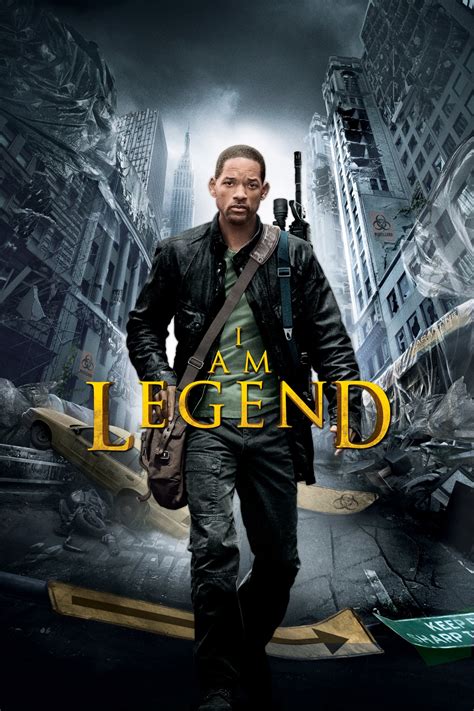I Am Legend

Description:
I Am Legend is a post-apocalyptic science fiction film based on the novel of the same name by Richard Matheson. The story follows the last man on Earth, Dr. Robert Neville, who struggles to survive in a world overrun by mutant creatures. As he searches for a cure to the virus that wiped out most of humanity, he must also confront his own loneliness and the moral complexities of his situation.Keywords:
Isolation, Survival, Post Apocalypse, Redemption, SacrificeIs I Am Legend 2 coming out?
As of October 2023, "I Am Legend 2" is indeed in development, with Will Smith set to reprise his role as Robert Neville. The sequel will also feature Michael B. Jordan in a key role. Akiva Goldsman, who worked on the original film, is attached to write the script and produce. However, there is no confirmed release date yet, and updates on the production status have been limited. Fans are eagerly awaiting more details as the project progresses.
What caused the virus in I Am Legend?
In "I Am Legend," the virus, known as the Krippin Virus, was originally developed as a cure for cancer. It was designed to genetically alter the DNA of patients to fight the disease. However, the virus mutated and proved highly contagious, leading to a global pandemic that wiped out most of humanity and transformed the infected into aggressive, vampire-like creatures. Will Smith's character, Robert Neville, is one of the last uninfected humans, working to find a cure while struggling to survive in the post-apocalyptic world.
Did the mannequin actually move in I Am Legend?
In "I Am Legend," the mannequin that protagonist Robert Neville uses to simulate human presence does not actually move on its own. The tension arises when Neville believes he sees the mannequin in different positions, leading him to question his sanity. This is a psychological element of the film, highlighting his isolation and deteriorating mental state. The mannequin serves as a tool for Neville's loneliness, emphasizing the stark contrast between his reality and the world around him.
Why does "I Am Legend" have two endings?
"I Am Legend" has two endings due to differences in audience reception and thematic emphasis. The original theatrical ending, where Robert Neville sacrifices himself to save the remaining survivors, highlights themes of hope and the human spirit. However, an alternate ending, which aligns more closely with Richard Matheson's original novel, presents a darker conclusion where Neville realizes he is the monster to the infected. This alternate ending explores the idea of perspective and survival, offering a more ambiguous take on the story's moral implications.
Explore More Categories: